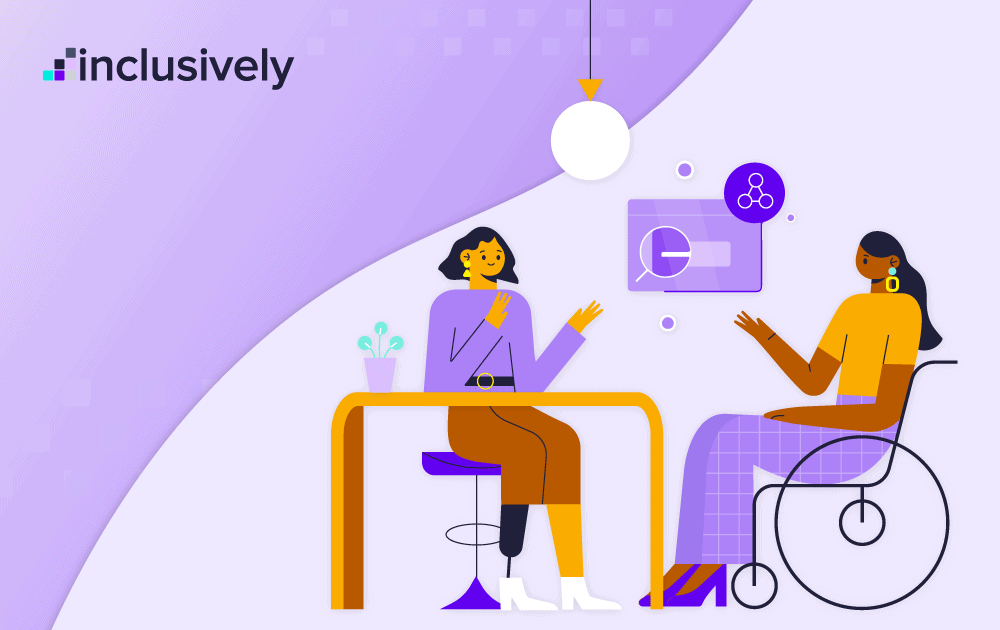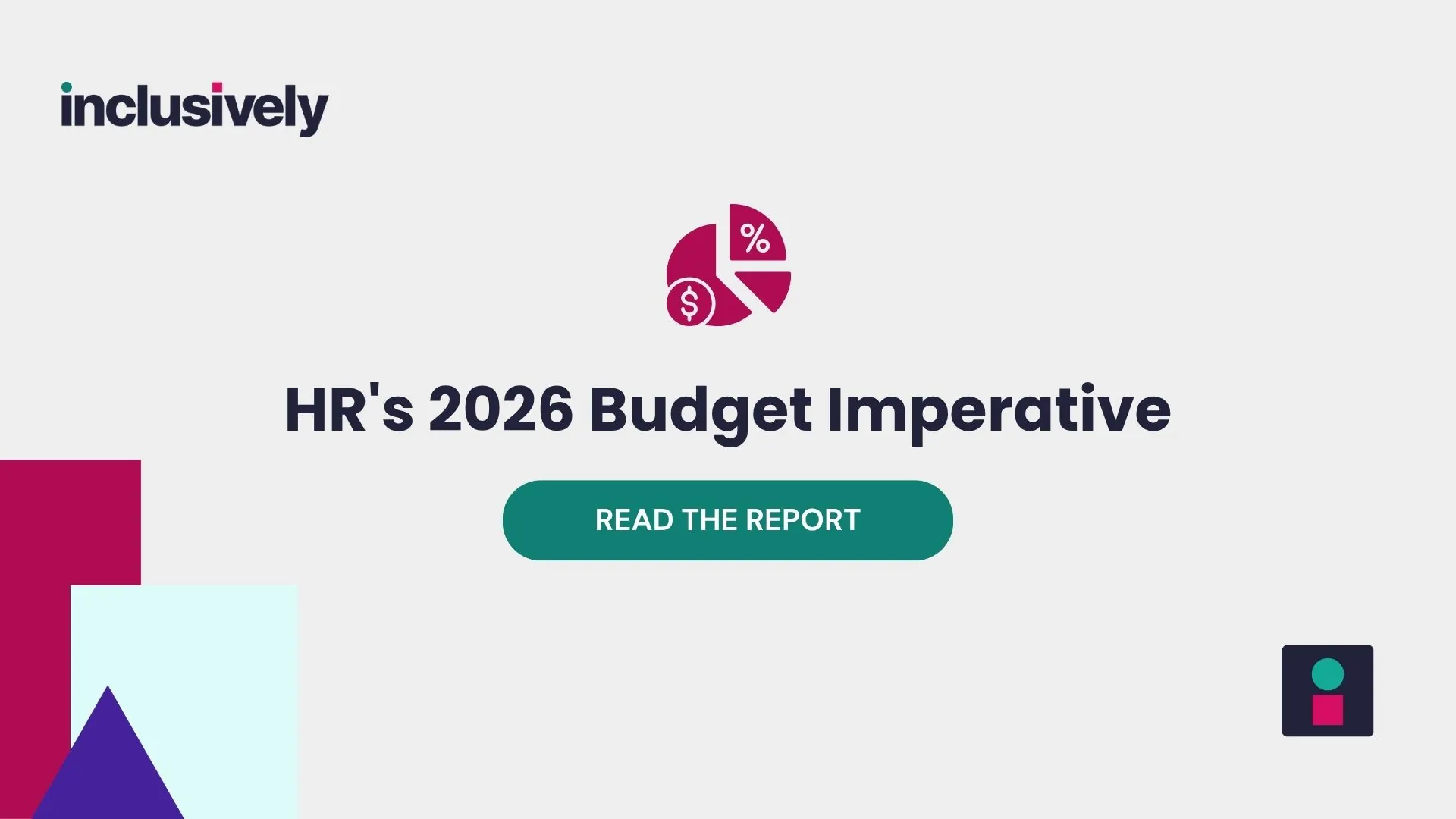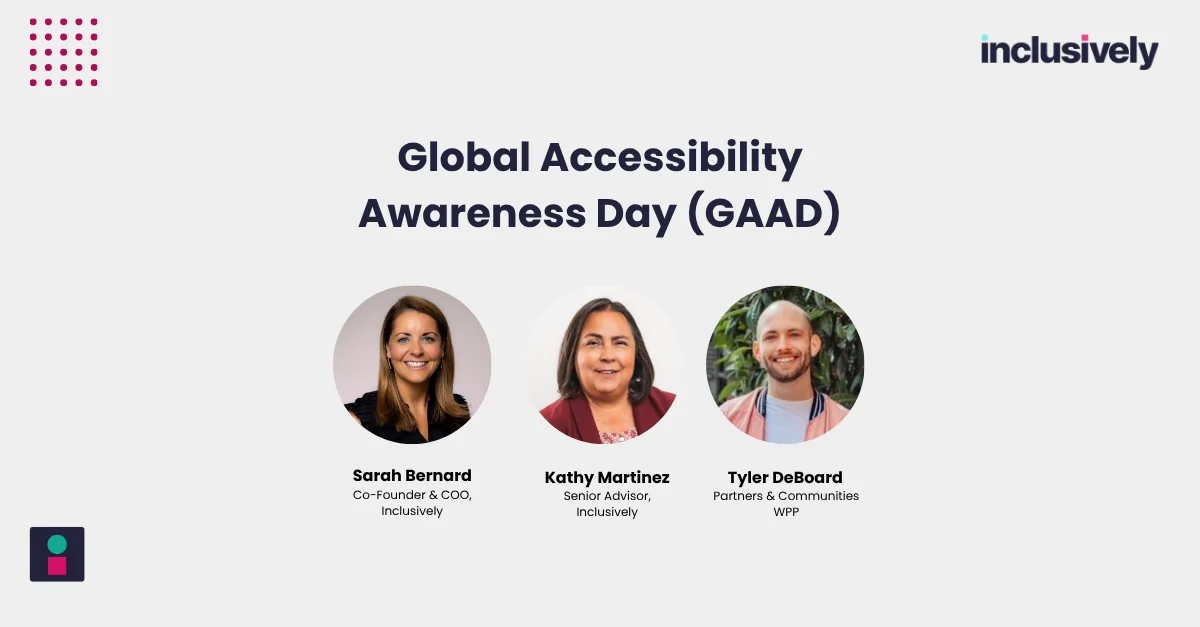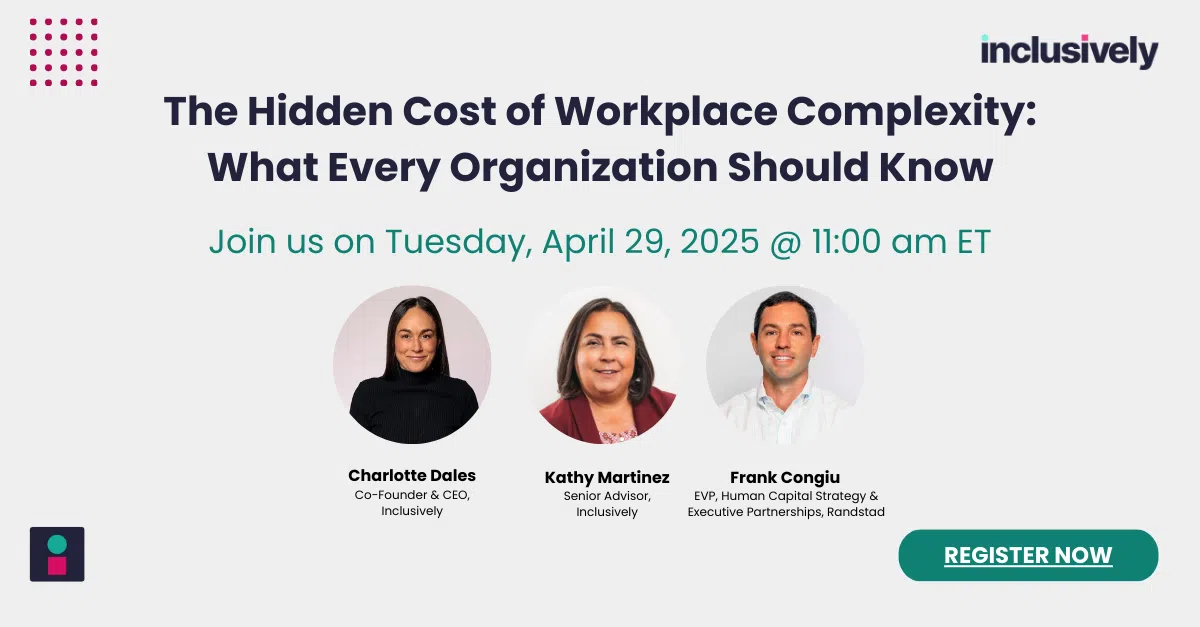Staff burnout is at an all time high across the workforce. Organizations everywhere are working fervently to fill roles and keep employees engaged and happy on the job by providing flexible work environments, competitive pay, better benefits and more. While these perks are attractive to candidates applying to jobs, they aren’t the long-standing factors that keep employees engaged at work and they don’t make up for the accommodations that many organizations lack.
HR organizations and corporate cultures often overlook the inclusion of existing employees who are living with disabilities, including those that are “non-apparent” like mental health conditions, autoimmune diseases, diabetes, autism and ADHD. Creating a culture of inclusion for all employees enables organizations to better support employees, foster higher engagement, and access untapped talent pools. Keep reading to discover how the act of supporting employees with disabilities can positively impact engagement across an organization.
Instilling deeper connections with employees by building a diverse workplace
Attracting and retaining more talent by humanizing the hiring process
One in four of U.S. adults has a disability and many of these job seekers never make it to or through the interview process because of historically exclusionary and inflexible hiring practices. Many employers are unaware that their hiring process is weeding out this untapped pool of hidden talent. With the current labor market, companies are realizing an attractive return on investment (ROI) by investing in employees with disabilities. It turns out that the companies welcoming more candidates with disabilities are 36% less likely to face talent and skills shortages compared to companies that do not.
By creating an inclusive culture that begins during the hiring process, organizations can attract and retain employees from this untapped pool of hidden talent. However, before employers can successfully welcome and support candidates with disabilities, it’s necessary to understand the accommodations they need and how to offer those accommodations at scale. Many associate the word “accommodations” with physical space modifications like broader doorways or wheelchair ramps, when in reality more than 90% of accommodations are either entirely free or a one-time cost of under $500 to implement. If your organization is reframing how it approaches accommodations versus inclusion, here are four steps to get started.
If you’re interested in learning more about how your organization can enhance inclusion and engagement you can see our full white paper, The Business Case for Inclusion: 5 Ways Disability Inclusion Achieves Broader DEI Objectives.
A recent study found that a full 30% of the professional workforce fits the current federal definition of having a disability — and the majority are keeping that status a secret. This means that at any given company, one third of employees are likely managing a disability without the necessary support they need to operate at their maximum potential. Creating a more inclusive and transparent culture by supporting those with disabilities improves engagement, builds trust between employer and employee, and allows employees to get the tools they need to be most productive. The same study found that the more employees with disabilities disclose to people they interact with, the more likely they are to feel regularly happy or content at work.
Many job seekers and employees choose not to disclose disabilities out of fear of negative bias in the workplace. Organizations can build an inclusive culture that enables employees to feel and be seen by openly sharing available resources, benefits and accommodations for employees with disabilities. Working towards equitable representation across leadership levels — and finding leaders who are willing to share experiences around their own disabilities — also leads to more inclusive cultures.
Creating an inclusive workplace for people with disabilities also creates more opportunity and inclusion for other marginalized communities, as the disability community — the largest minority population in the US and the world — encompasses all other marginalized communities. Supporting employees with disabilities creates a culture that enforces the feeling that employees of all backgrounds, sexual orientation, race, and disabilities can thrive in the workplace. Not only does this keep employees more engaged, it sets a precedent for all employees to feel comfortable disclosing their disabilities and differences.
References:
1. Harvard Business Review, Why People Hide Their Disabilities at Work, 2019.



